Carole Forestier-Kasapi, Movement Director at TAG Heuer, On Carbon Nanotube Hairsprings
Talking about carbon nanotube hairsprings and what they represent for the future of watchmaking.
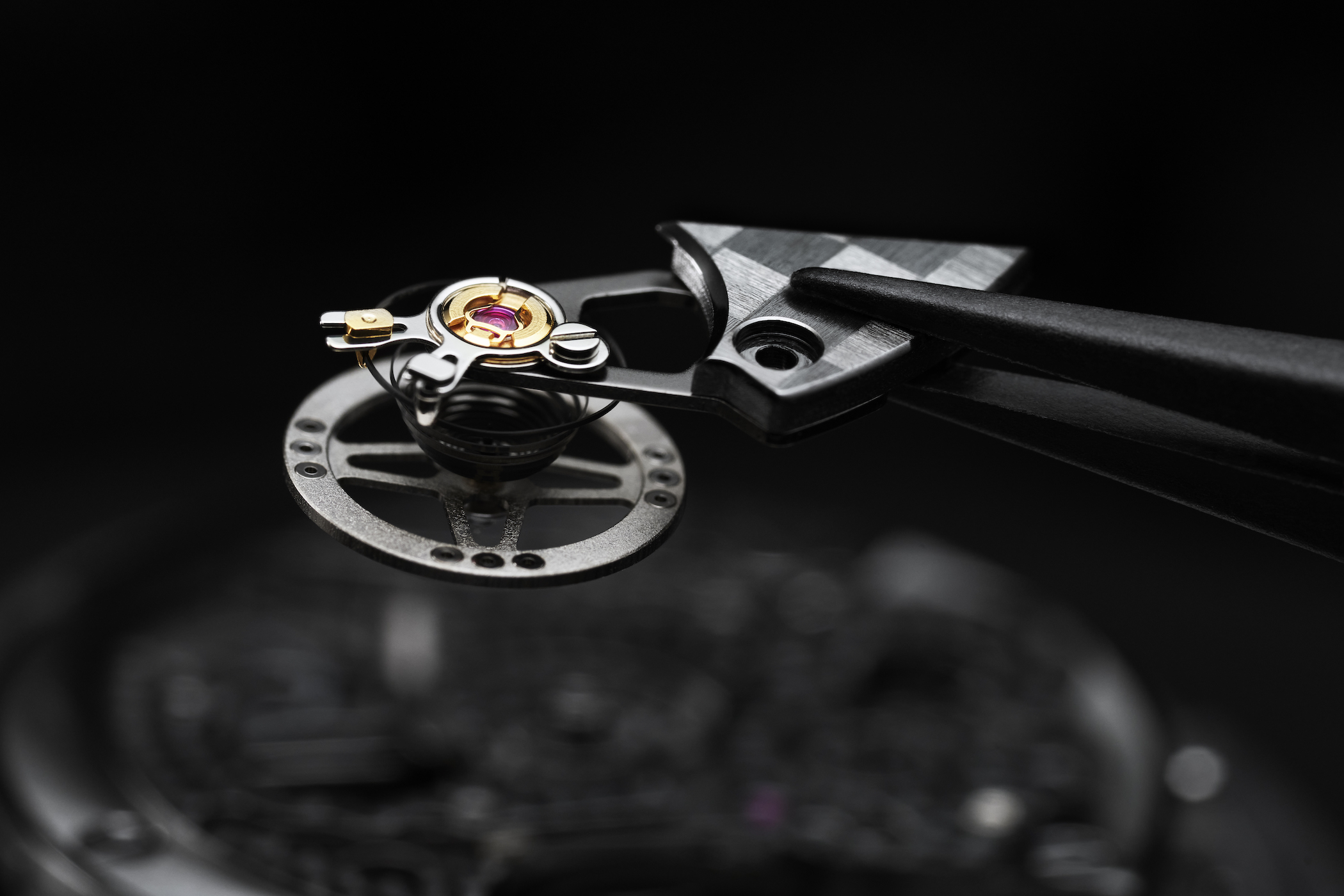
For the 2021 edition of Only Watch, the charity auction where exceptional one-off watches are donated to raise funds in the fight against Duchene Muscular Dystrophy, TAG Heuer presented an impressive Full Carbon Monaco. Channelling the spirit of the iconic Dark Lord, the use of carbon goes well beyond the case and deep down inside the movement with its carbon nanotube hairspring. Indeed, TAG Heuer has been cooking up a method to grow this innovative hairspring over the past years. A perfect moment to catch up with Carole Forestier, Movement Director of the brand, and find out more about this advanced technology.
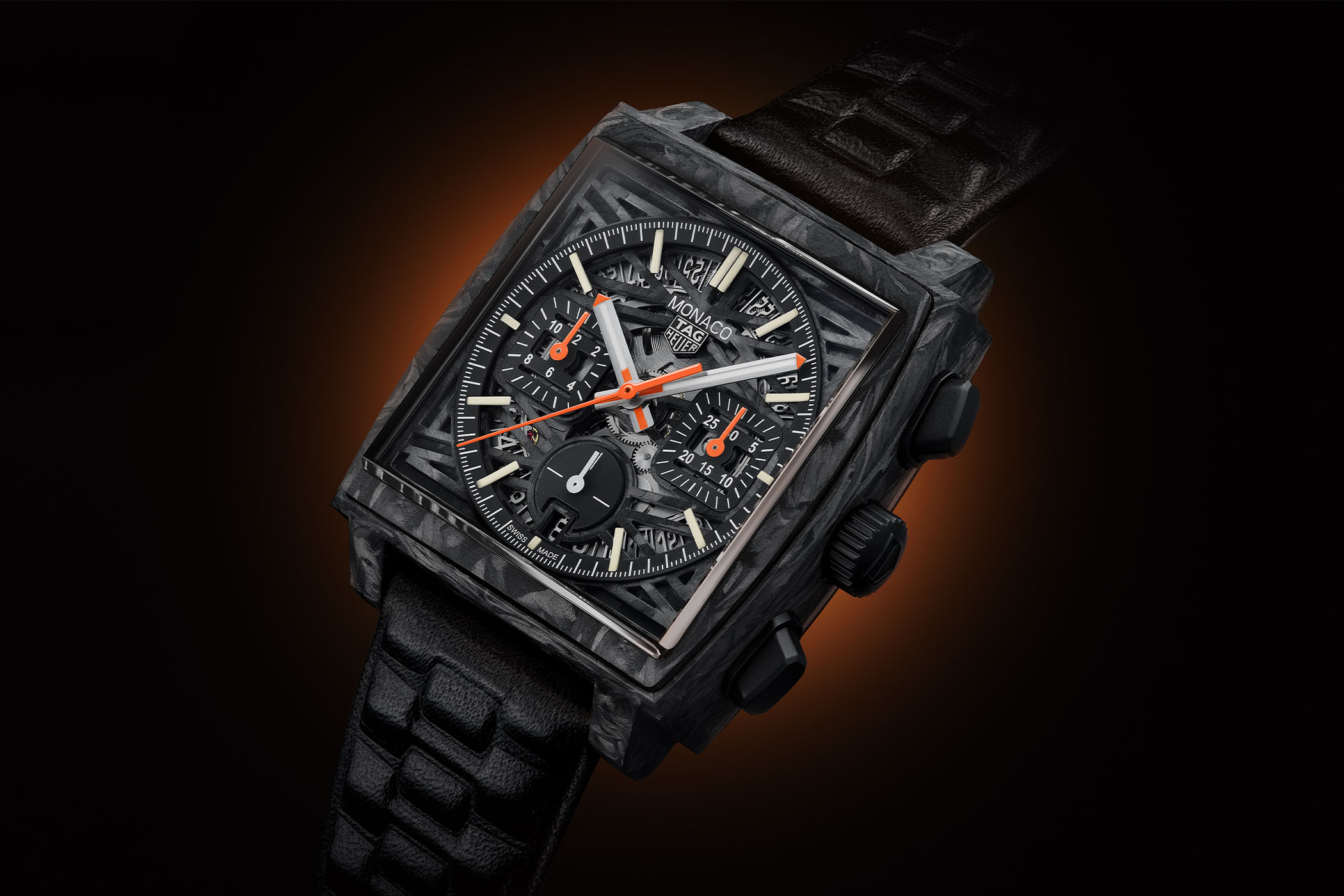
Carole Forestier-Kasapi has watchmaking in her blood. Born in Paris in a family of watchmakers, Carole Forestier graduated as a watchmaker in La Chaux-de-Fonds before starting her career with Conseil Rey, a movement development office, and then with Renaud & Papi. In 1997, she received the Abraham-Louis Breguet prize for her central carrousel tourbillon (whose concept was used to create the Ulysse Nardin Freak). She then joined Richemont and Cartier, where she was responsible for movement creation. Since 2020, she is TAG Heuer’s Movement Director. In September 2021, she was saluted by the Prix Gaia, the honorary award in watchmaking presented by the International Museum of Horology (“MIH”).
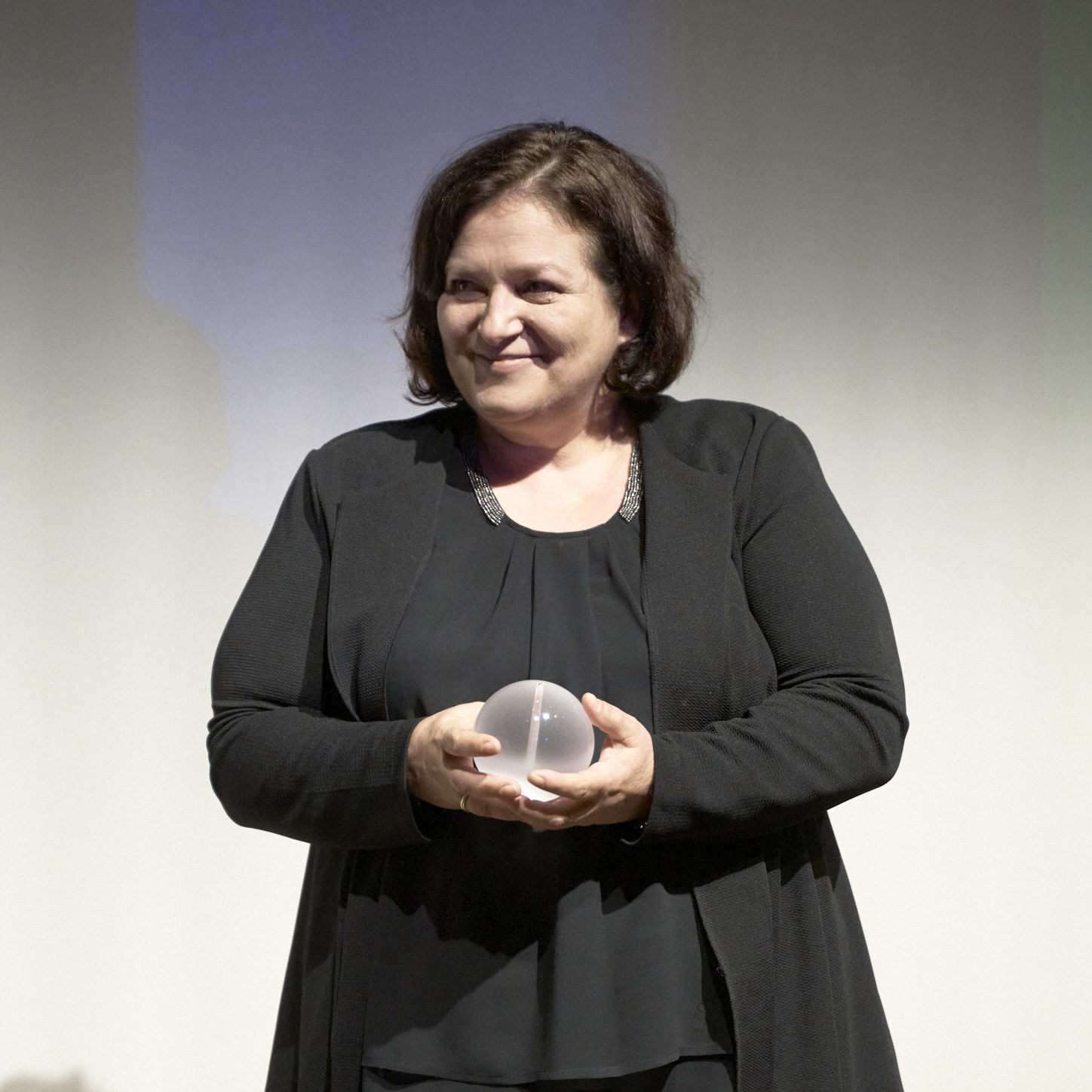
Xavier Markl, MONOCHROME – You are presenting this full carbon Monaco for Only Watch 2021. Can you tell us about the technology used to craft its carbon nanotube hairspring?
Carole Forestier, Movement Director at TAG Heuer – We are dealing with a quality-based innovation. One of the most pervasive problems affecting mechanical watch chronometry is magnetism. Magnetic fields are everywhere in our modern world, and their most pernicious effects are felt by the hairspring. The motivation behind the carbon nanotube hairspring is to address the issue of magnetism by crafting an a-magnetic movement. The principle is to grow carbon nanotube hairsprings using a Chemical Vapour Deposition (CVD) method, during which the spirals consisting of carbon nanotubes are infiltrated with amorphous carbon.
In this respect, silicon is also anti-magnetic and has been used for years by the industry. Although the production of silicon hairsprings has long been restricted to certain players, things are about to change because the patent expires in 2021. What is your take on the situation?
Well, indeed, we started to develop this technology because of the patent on the production of silicon hairsprings, but there are other technical reasons. If we compare silicon and carbon nanotubes, the latter offer different advantages, above all concerning the density of the material. A carbon hairspring is lighter than a silicon hairspring; this is important because the weight of the hairspring affects its expansion, specifically in a vertical position. Gravity affects the expansion of the spiral spring, causing it to deform. This modifies its centre of gravity and affects the chronometry. Therefore, the lighter the material, the better. In this perspective, carbon will offer better results than silicon and, obviously, better results than metallic alloys. It also improves the isochronism of the hairspring.
How was this technology developed and did it make it to production? There was an announcement that it would be used to equip the latest Autavia generation before moving back to conventional hairsprings.
One thing we need to understand is that we are dealing here with the essence of watchmaking, the oscillator, which is the most complex or delicate part of a mechanical movement. We have been working on the application of cutting-edge technology to manufacture hairsprings in a new material. This is extraordinarily complex, and there is no equivalent in the watch industry today. We have this technology, and we know how to manufacture hairsprings in our institute. We have machines and a team producing hairsprings every day. Well, indeed, we started to develop this technology. The next step is to move to industrial, serial production of these hairsprings in large quantities; this is what we are working on today.
It is also the reason why we are using carbon nanotube hairsprings for high-end watches or more exclusive productions for the time being. Today, we are manufacturing shock-resistant carbon hairsprings that deliver excellent chronometry and tick all the boxes. The last step is to move to industrial production with the right quality, repetitively and at the right cost. It is in the interest of industrial production to extend the use and the benefits of this remarkable solution to a larger range of products.
Would you consider offering this technology to other companies?
There are no definitive decisions in this respect, so we will see. The development of this technology makes sense for TAG Heuer; it is an important project for the brand itself, in line with our vision.
Besides this technology, can you tell us what you have in store for the next major fields of movement development?
As you can imagine, I cannot disclose much at this stage. What is important is the vision and the strategy of the brand. As you would expect, our development plan is in line with this vision. The ambition and the expectations are great. We are working on things that are pretty different from anything you have seen from the brand over the past few years. Of course, we have solid pillars in our collection, but next to these, there is a desire to offer striking new products. Innovation is in the blood of TAG Heuer. We want to focus on quality-based innovation. The “TAG” (Editor’s note: Technique d’Avant Garde) side of the brand is clearly in the works!
For more information, please visit www.tagheuer.com.



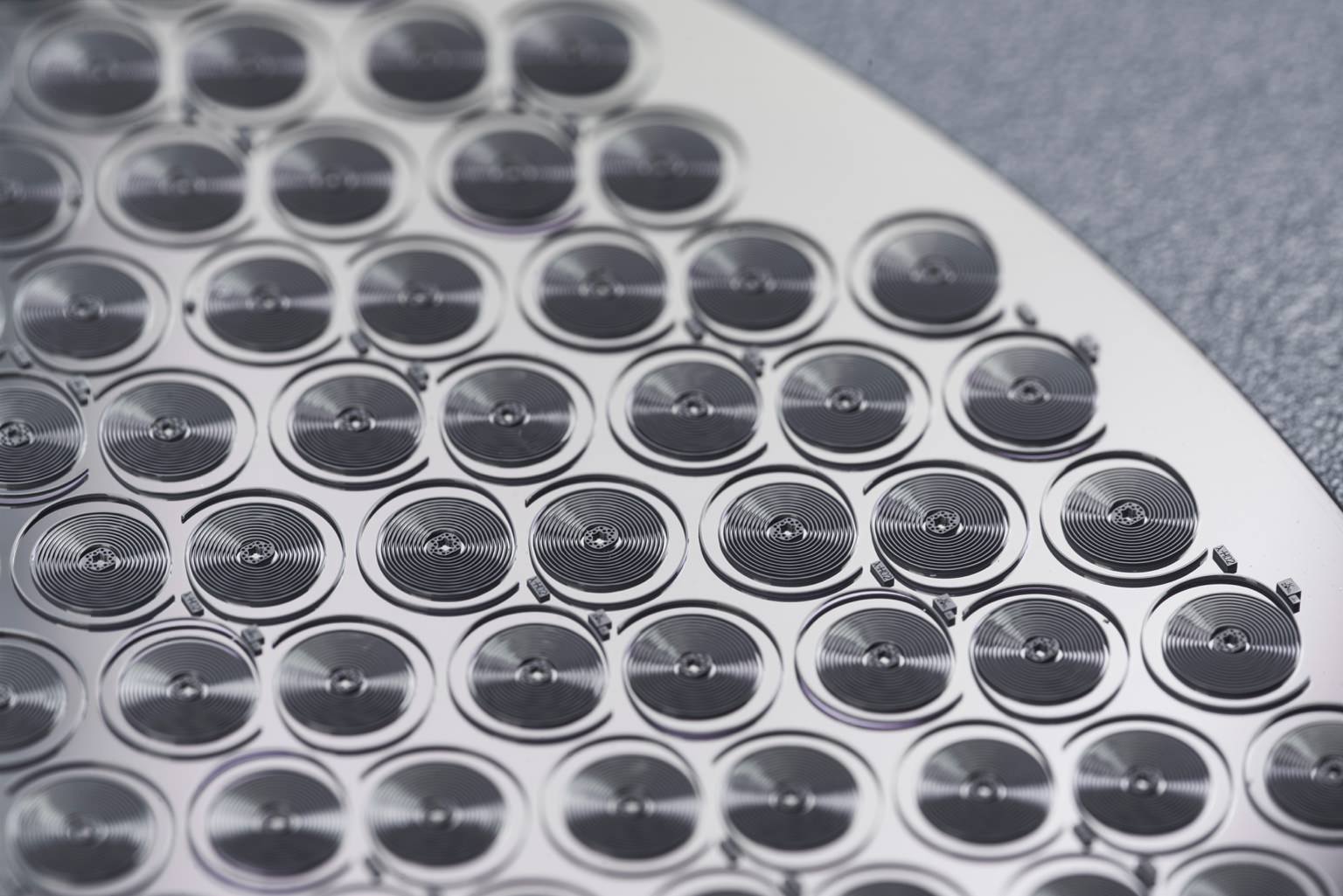
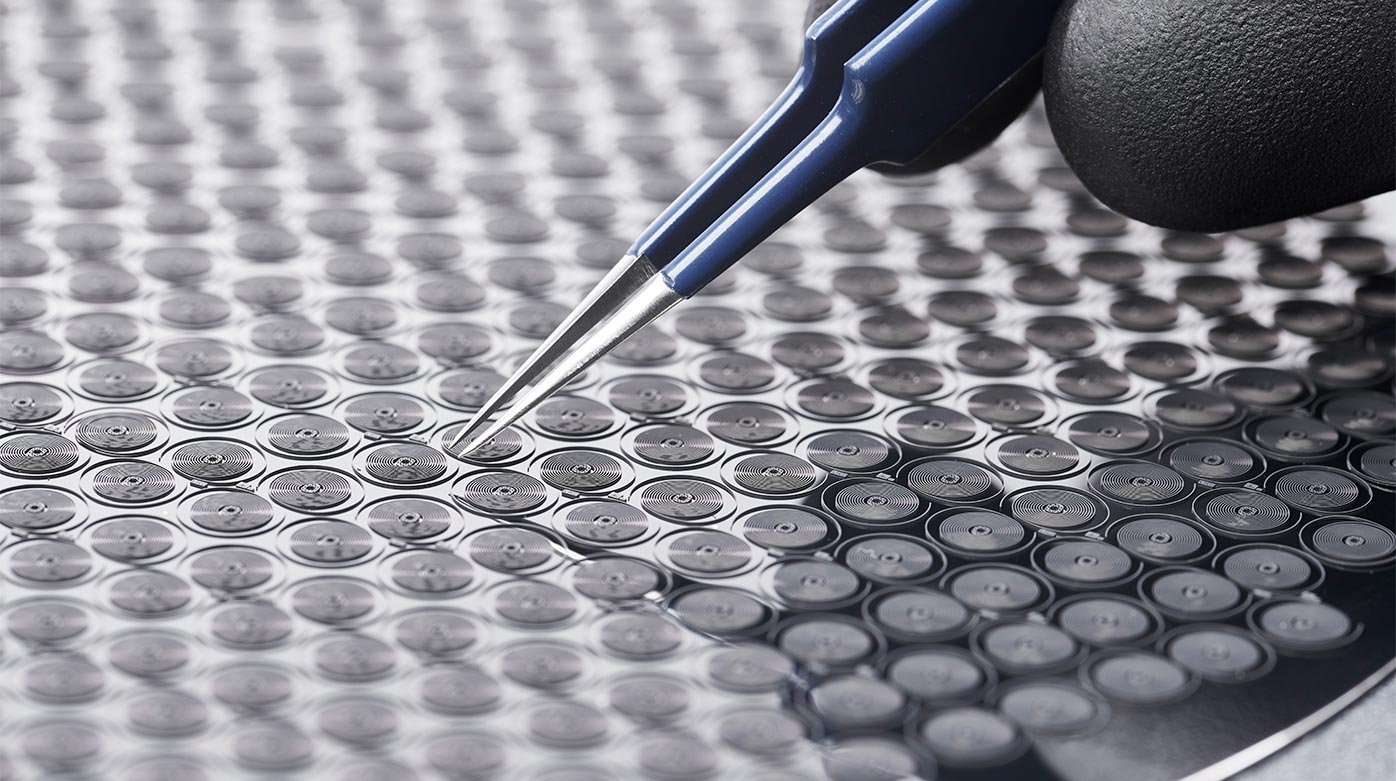
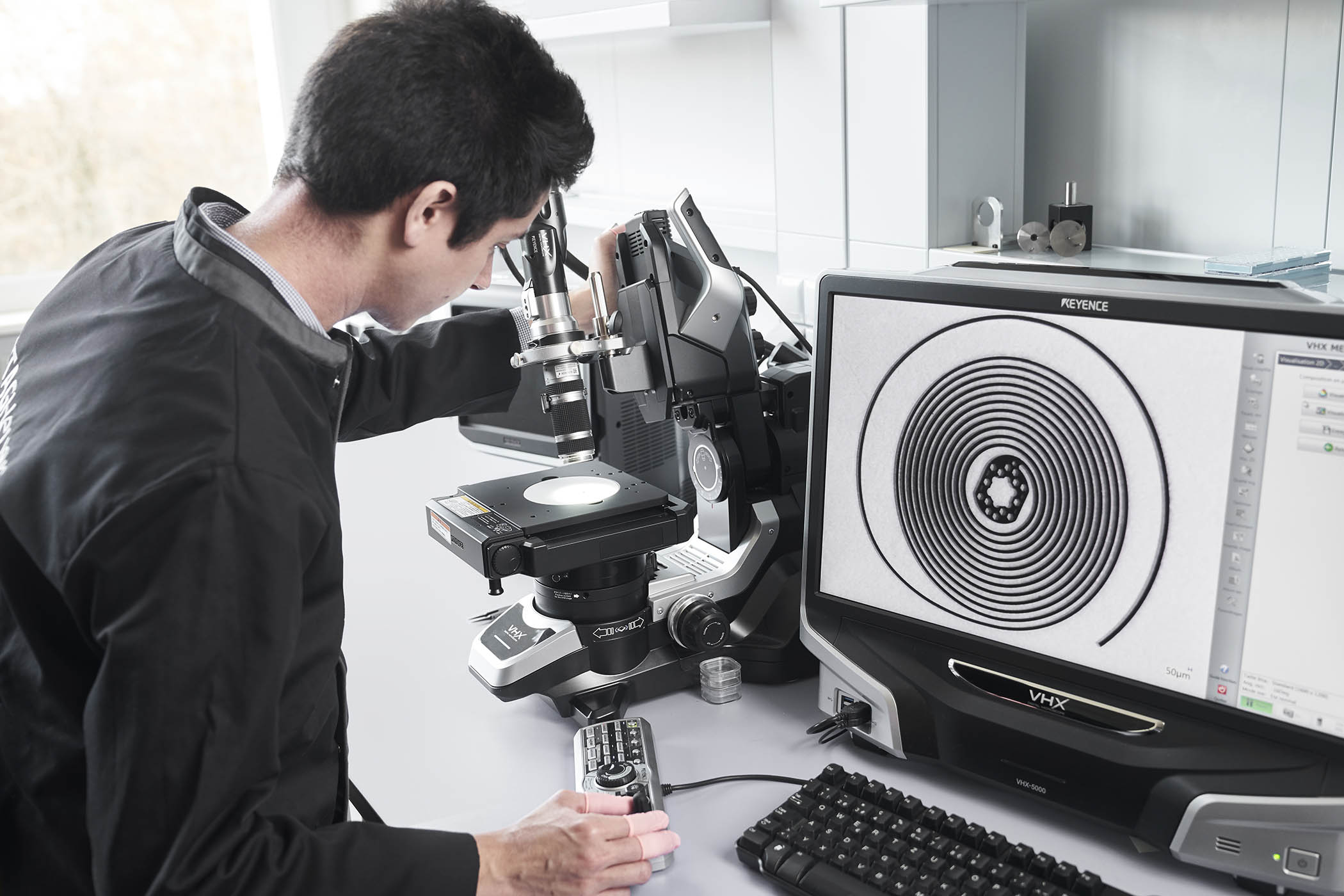



6 responses
Will they make the prices of the new watches with this technology commence at US 20K? HOW ABSURD, BUT QUITE TRUE! Contemporary smartwatches embody millions of transistors as a result of the discovery of the electron. That’s what superceded Hooke’s Law (springs). However, the carbon nanotubes are here 400 years late.
Great idea, but I’ll still wear my titanium Seamaster (daily) , with it’s inaccuracies, only because it’s a Bond watch. TAG IS NOT!
And… my Garmin Fenix 5X Plus for working-out
What was the reason the “carbon” equipped Autavia was quietly pulled off the market?
Interesting innovation. I love seeing how new technology improves the breed. It may stumble a bit as it gets rolled out, but better performance is better performance.
Remember, less mass means less force is needed, lower forces mean less wear, longer lifetimes etc.
It’ll be interesting to see how this tech rolls out.
@Toolman2, I’m an Omega guy as well, but no need to hate on TAG. There’s enough watch love to go around!
😉
Mechanical watches are still being improved on,and each
manufacturer has its own ideas and visions on how to do this.
But,at what fantastic price will this filter down to everyday watches
for the average man in the street ?
I was the timepiece specialist at a major multi line retailer TAG pulled them because they kept terrible time plus the representative didn’t know his butt from his elbow always reading the company cue cards I heard he’s now working at a car dealership. Tag has some major quality issues that we had to field on a daily basis and dealing with customers complaints was continuous they should have done more homework before releasing them
@MattR. I’m not an “Omega Guy” as you define. The only reason that I appreciate my titanium Seamaster is because it’s a Bond watch (the steel version, is too heavy and primitive in its metallic composition to wear constantly. Wreaks havoc on my skin and wrist.) What you perceive as watch hate is simply watch “exclusivity” on my part. Only one left arm here, quite valuable real estate is not used for timepieces that belong with dinosaurs that depend on archaic technology. However, as jewelry, symbolic of some exquisite endeavor (like, as a double O on Her Majesty’s Secret Service), now that’s worthy.
However, Tag’s claim to fame is some self-absorbed narcissist motor sport movie starring 60’s icon actors. Tag…stock movements, common metallic alloy, super overpriced, costing 5 top-of-the-line Apple watches that have utterly phenomenal performance features. An improved hairspring should LOWER the cost of the watch, while IMPROVING performance. NOW, THAT’S PROGRESS!